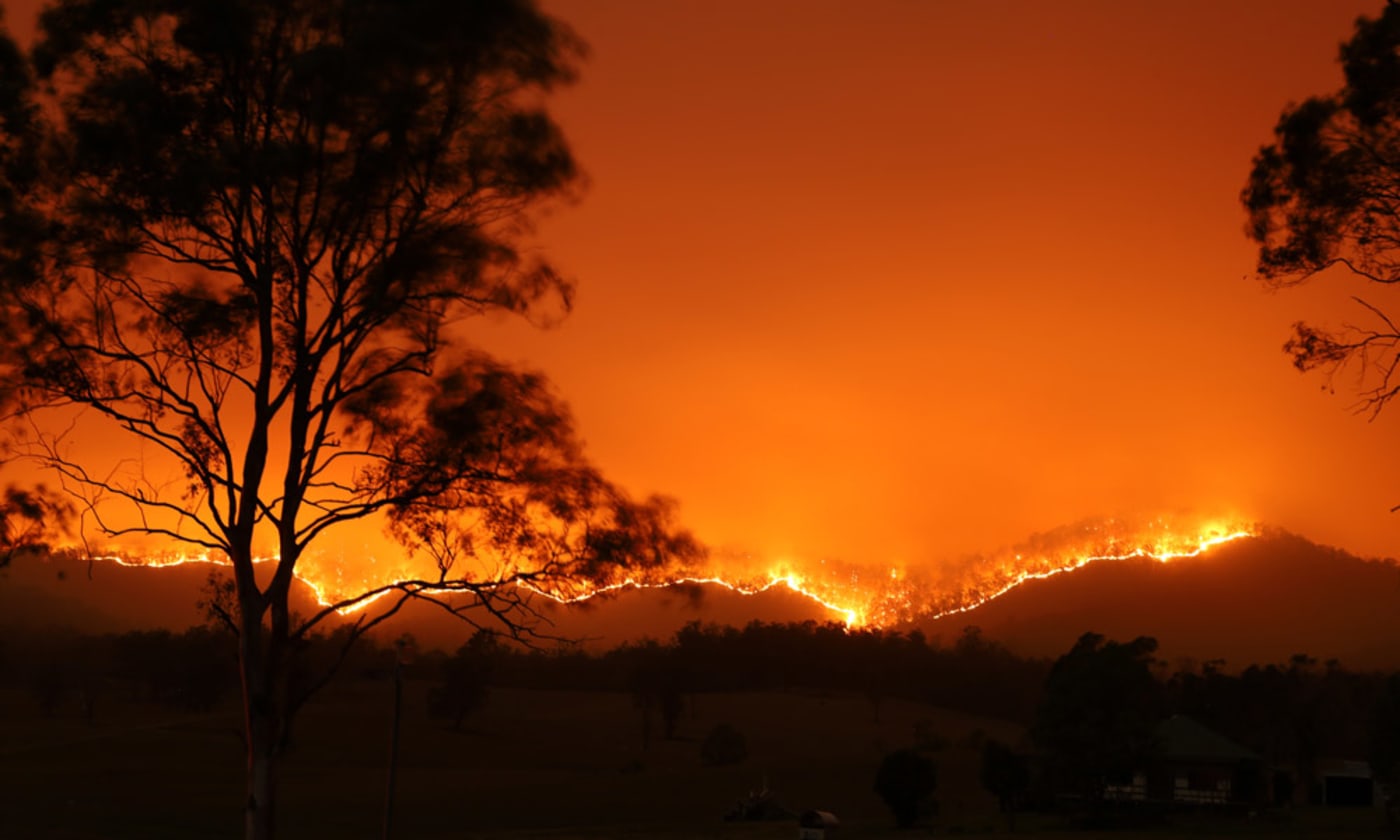Debunking BAL Reports: An Overview to Recognizing Your Property's Bushfire Danger
Debunking BAL Reports: An Overview to Recognizing Your Property's Bushfire Danger
Blog Article
Navigating Shrub Fire Protection Regulations With BAL Report
Central to this venture is the Bushfire Attack Degree (BAL) record, a critical paper that analyzes the prospective exposure of a residential or commercial property to bushfire. By delving right into the intricacies of BAL analyses and their ramifications for building conformity, stakeholders can proactively handle bush fire threats and secure residential properties against potential hazards.
Comprehending Bush Fire Defense Laws
To efficiently browse the complexities of bush fire defense guidelines, it is vital to have a clear understanding of the controling guidelines and demands in location. Shrub fire defense laws are vital for safeguarding buildings and lives in locations prone to bushfires. These guidelines establish the requirements and procedures that residential or commercial property proprietors should stick to in order to reduce the threats related to bushfires.

Importance of BAL Analyses
Recognizing the significance of BAL evaluations is essential in ensuring conformity with bush fire security guidelines and properly mitigating the threats linked with bushfires. BAL analyses, which identify the Bushfire Strike Level of a home, are important for developing appropriate bush fire security measures tailored to the certain threat profile of the site. By examining variables such as vegetation type, range to possible fire hazards, and slope of the land, BAL evaluations supply valuable insights right into the degree of danger a home faces throughout a bushfire occasion.

Implications for Structure Conformity
Navigating via structure compliance needs in accordance with BAL assessments is essential for ensuring frameworks are appropriately strengthened against the threats positioned by bushfires. Frameworks that fall short to meet the essential conformity requirements are at a higher threat of receiving damages or damage during a bushfire occasion.
Guaranteeing building conformity entails mindful planning, construction, and upkeep to alleviate the prospective impact of bushfires - BAL Report. It requires a comprehensive understanding of the BAL ranking designated to the residential or commercial property and executing the suitable measures to improve its fire protection capacities. Non-compliance with structure guidelines can result in lawful repercussions, see here insurance coverage problems, and most notably, endanger lives. Taking structure compliance seriously and including BAL analysis outcomes right into building and construction practices is essential for safeguarding buildings in bushfire-prone regions.
Taking Care Of Shrub Fire Threats Effectively
Given the important importance of building compliance in strengthening frameworks versus bushfire risks, successfully managing these dangers requires a thorough method that prioritizes proactive reduction approaches. Clearing up combustible plant life, developing defensible areas, and guaranteeing proper upkeep can dramatically minimize the danger of fire spreading out to the home. By combining these aggressive procedures, home owners can properly take care of bushfire dangers and enhance the safety of their structures and occupants.
Practical Tips for Homeowners and Developers
Successfully taking care of bushfire threats as a homeowner or designer necessitates applying functional reduction methods tailored to the residential or commercial property's particular vulnerabilities and environments. One vital idea is to preserve a well-kept defensible area around structures, usually a minimum of 30 meters in risky locations. directory This space should be clear of flammable greenery, debris, and various other flammable materials that could possibly fuel a fire. Additionally, picking fireproof building products can substantially boost the residential property's capability to withstand ember assaults and straight flame call. Making certain that wall surfaces, windows, and roofing systems are constructed or updated to fulfill pertinent bushfire protection standards is necessary.
Additionally, producing an emergency plan and exercising discharge drills with household renters, employees, or participants can save lives in the event of a bushfire. Remaining notified about regional fire danger ratings, climate problems, and emergency signals is likewise crucial for making prompt choices to secure life and property. Engaging with neighborhood fire authorities, community teams, and specialists experienced in bushfire administration can give important advice and support in establishing comprehensive bushfire security approaches.
Conclusion
To conclude, browsing bush fire security guidelines with a BAL have a peek at these guys record is critical for guaranteeing structure conformity and managing bush fire risks successfully. Recognizing the importance of BAL evaluations and adhering to practical suggestions can assist designers and house owners mitigate the effect of bush fires. By sticking to these laws and taking necessary safety measures, individuals can develop more secure settings for themselves and their areas.
Trick components of bush fire protection policies include the Bushfire Assault Level (BAL) evaluation, which establishes the level of risk a property faces from bushfires. BAL assessments, which determine the Bushfire Attack Level of a residential property, are critical for designing ideal bush fire defense actions customized to the certain danger profile of the site. By assessing elements such as greenery type, range to possible fire dangers, and slope of the land, BAL assessments provide beneficial understandings into the level of threat a home deals with during a bushfire occasion.

In conclusion, navigating bush fire security laws with a BAL record is critical for making certain structure compliance and handling bush fire threats effectively.
Report this page